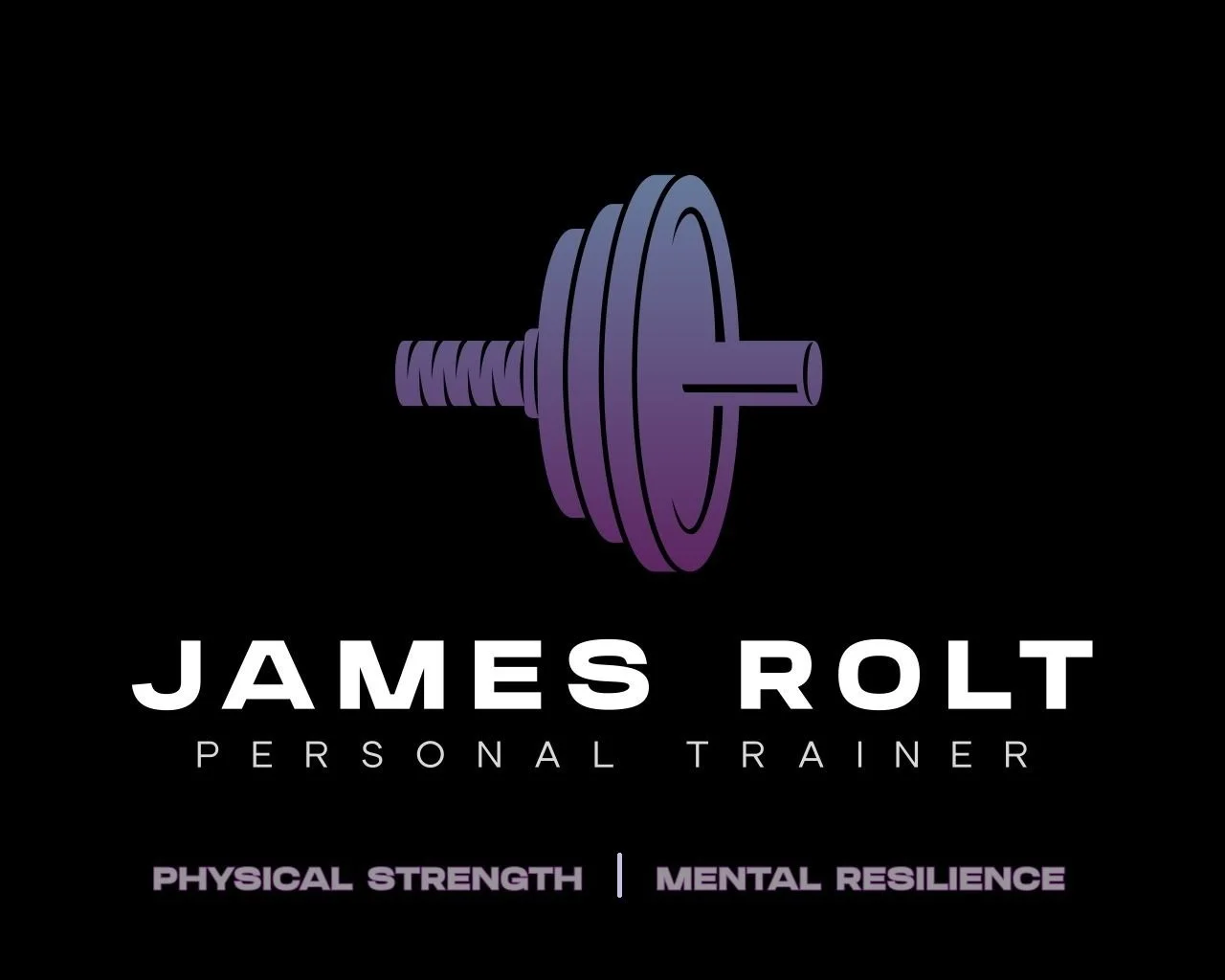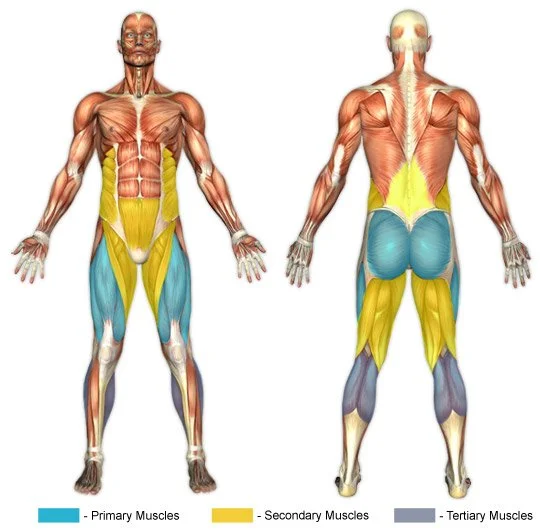Big Lifts: Squat
When it comes to strength training, few exercises carry as much respect—or as many benefits—as the barbell squat. Often called the “king of lifts,” the squat is a foundational movement that builds strength, power, and athleticism from the ground up. Whether your goal is muscle growth, fat loss, or functional fitness, mastering the barbell squat can completely change the way your body looks and performs.
Why the Barbell Squat Matters
At its core, the squat is one of the most natural human movements. We squat when we sit down, stand up, pick things off the ground, or jump. The barbell version simply adds resistance, forcing your muscles, joints, and nervous system to work together more efficiently.
Unlike many machine-based exercises that isolate a single muscle group, the squat is a compound movement, meaning it engages multiple muscles and joints at once. It strengthens not only your legs but your entire posterior chain—glutes, hamstrings, lower back—and even challenges your core and upper body for stability.
The result? Better posture, stronger legs, more power in sports, and a body that functions better in everyday life.
Muscles Worked
Barbell squats primarily target the quadriceps, hamstrings, glutes, and adductors, but they also call on the core, spinal erectors, and upper back to stabilize the load. In short, it’s a full-body exercise disguised as a leg workout. This high degree of muscle engagement is one reason squats are so effective for both building muscle and burning calories.
Form: The Foundations of a Strong Squat
Good squat form isn’t about how much weight you can lift—it’s about how well you move. Proper technique keeps you safe and maximizes strength gains. Here are the essentials:
Set Up Correctly
Position the barbell on your upper traps (for a high-bar squat) or slightly lower across the rear delts (for a low-bar squat). Step under the bar, grip it slightly wider than shoulder width, and squeeze your shoulder blades together to create a stable “shelf” for the bar.Foot Position
Stand with your feet roughly shoulder-width apart, toes turned slightly outward. This allows the knees to track in line with your toes as you descend.Brace and Descend
Take a deep breath into your belly and brace your core as if preparing to absorb a punch. Push your hips back slightly and bend your knees to lower yourself under control, keeping your chest tall and your heels grounded.Depth
Aim to reach at least parallel—where your thighs are level with the floor—without losing tension or form. Some lifters go deeper, which is fine as long as you can maintain stability through your spine and hips.Drive Up
Push through your mid-foot (not just the toes or heels), keeping your knees out and chest proud as you rise. Exhale as you reach the top, but stay tight for your next rep.
Common Mistakes to Avoid
Knees collapsing inward: Focus on driving them out to match your toe angle.
Heels lifting off the floor: Keep your weight balanced through the whole foot.
Rounded back: Maintain a neutral spine throughout the movement.
Cutting depth short: Full range of motion builds strength and mobility.
Variations and Progressions
The barbell back squat is the classic version, but it’s not the only one worth knowing. The front squat shifts the load to the front of the body, emphasizing the quads and core. The box squat teaches control and proper depth, while the pause squat builds strength out of the bottom position. For beginners, even bodyweight or goblet squats are great stepping-stones before adding a barbell.
Safety and Equipment
A power rack or squat rack is essential for heavy barbell squats. Always set the safety pins at the right height—just below your lowest squat position—so you can safely bail if needed. Weightlifting shoes can help by providing a stable base and slight heel lift, improving mobility and balance.
Programming the Squat
How often you squat depends on your goals.
For general strength: 2–3 sessions per week with moderate weight and reps (e.g., 3–5 sets of 5–8 reps).
For muscle growth: Slightly higher volume, 3–4 sets of 8–12 reps.
For athletic power: Incorporate speed or pause squats with lighter loads moved explosively.
Always prioritize quality over quantity—perfect form under moderate weight will outperform sloppy form with heavy weight every time.
Final Thoughts
Barbell squats are more than just a leg exercise—they’re a test of full-body coordination, strength, and discipline. When done correctly, they can transform your physique and performance like few other movements can. Approach the squat with respect, patience, and consistency, and it will reward you with results that last a lifetime.
If you’re unsure about your technique, consider working with a certified trainer (like me!) to refine your form and build a squat program that fits your goals. Strong legs, strong life—it all starts with the barbell squat.


